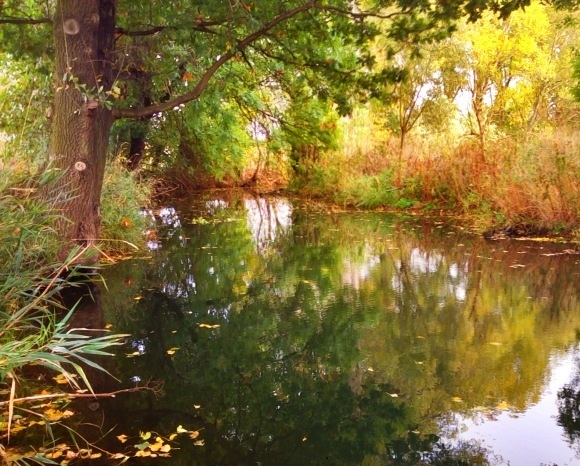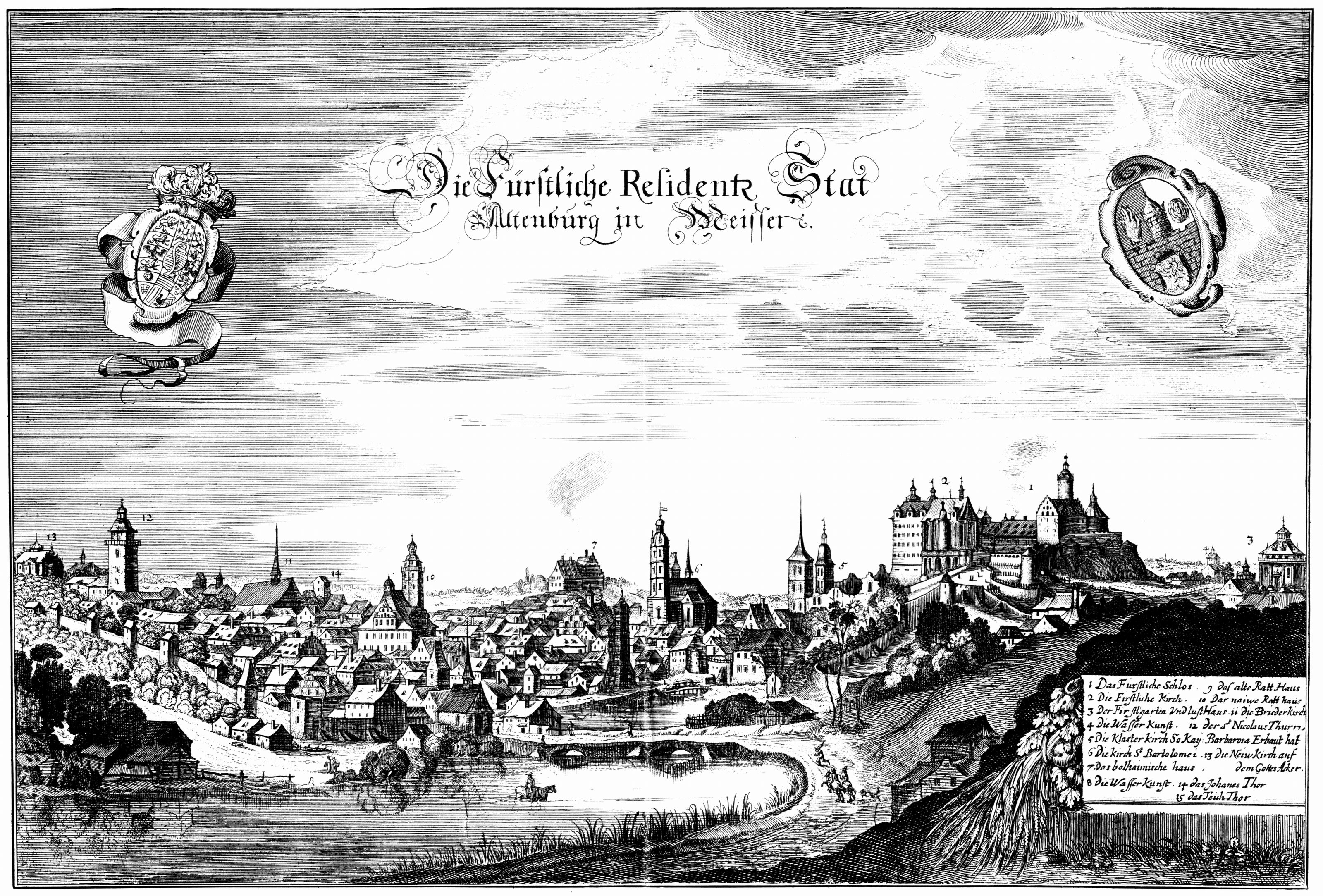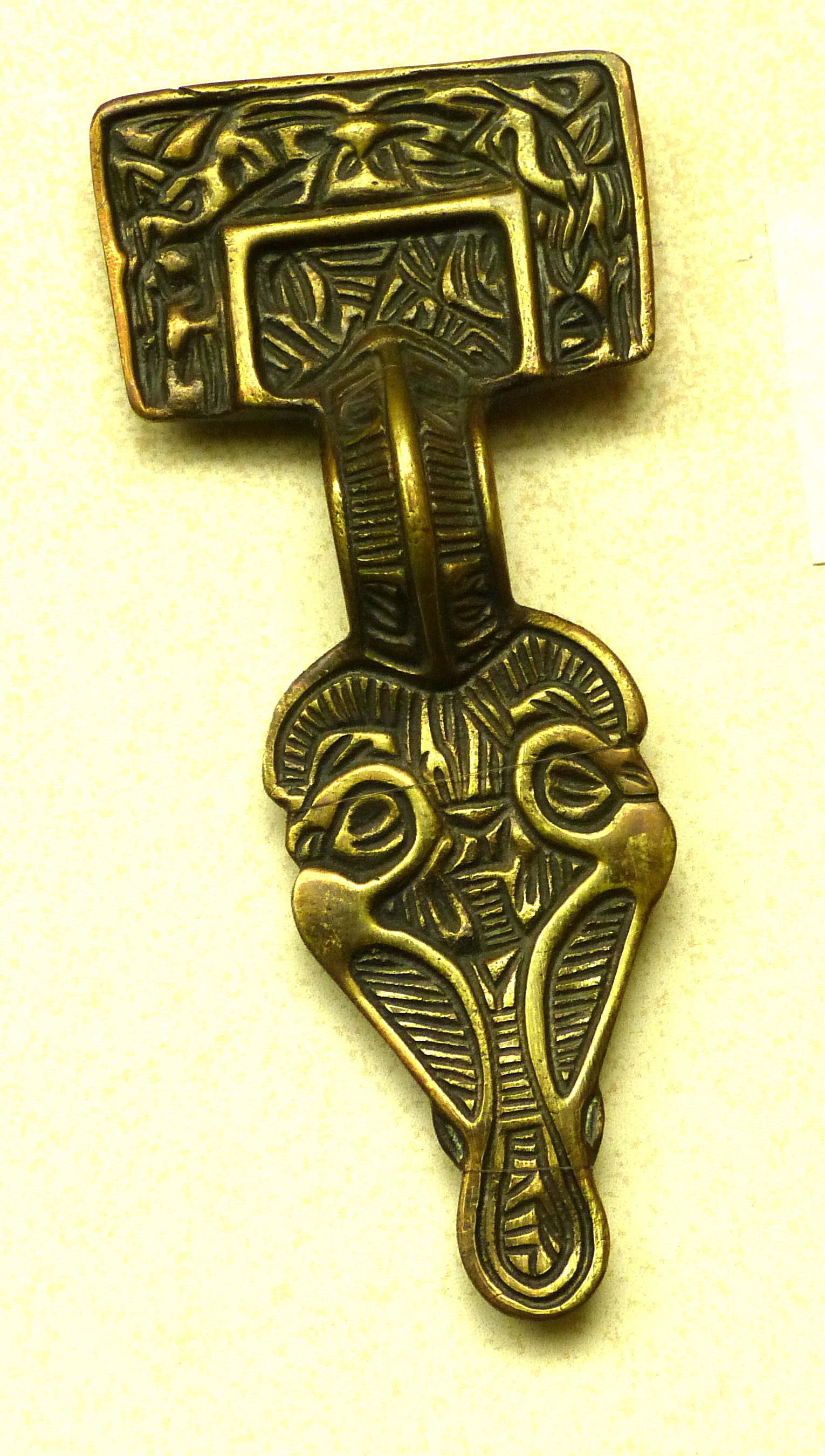|
Groitzsch
Groitzsch () is a town in the Leipzig district, in Saxony, Germany. Geography and transport The town is situated at the southern edge of the Leipzig Bay east of the White Elster river on the confluence of Schwennigke and Schnauder rivers, 20 km northeast of Zeitz, and 25 km southwest of Leipzig. A transition to the Central German low mountain ranges is notable in several elevated places within the municipal boundaries. Bundesstraße B176 passes through Groitzsch itself, and Bundesstraße 2 traverses the subdistricts Kobschütz and Audigast. The latter leads to a junction with new Bundesautobahn 38 about 15 km northeast of the town. The nearest railway station is in Pegau on the Leipzig–Probstzella railway. Public transport is provided by buses of Mitteldeutscher Verkehrsverbund with direct services to Pegau, Zwenkau, Leipzig, Neukieritzsch, Böhlen, and Altenburg. The nearest international airport is Flughafen Leipzig/Halle. History The original So ... [...More Info...] [...Related Items...] OR: [Wikipedia] [Google] [Baidu] |
Wiprecht Of Groitzsch
Wiprecht (or Wigbert) of Groitzsch (died 22 May 1124) was the Margrave of Meissen and the Saxon Ostmark from 1123 until his death. He was born to a noble family of the Altmark, the son of Wiprecht of Balsamgau and Sigena of Leinungen. After his father's death in 1060, he was raised at the court of Lothair Udo II, Margrave of the Nordmark, in Stade. Lothair Udo granted him the castle of Tangermünde in the Balsamgau as a fief and later transferred him to the castle of Groitzsch in the Osterland, between the Pleisse, the Mulde, and the Elster, from which he took his name. Sometime between 1075 and 1080, he was forcibly exiled from Groitzsch by the regional nobility, who opposed his colonisation movements. He fled to the court of Vratislaus II of Bohemia in Prague. Under Vratislaus he rose to a position of influence at court and, as a favourite of the Emperor Henry IV, he supported Vratislaus for a crown in 1080. In 1085 married the king's daughter Judith, daughter of his third ... [...More Info...] [...Related Items...] OR: [Wikipedia] [Google] [Baidu] |
Schwennigke
The Schwennigke, also Schwenke, is a river in Saxony, Germany, and a left-hand tributary of the Schnauder. It rises in the Gleinaer Grund and runs from Tröglitz for a distance of about through the Elster water meadows parallel to the White Elster, before emptying into the Schnauder at Audigast near Groitzsch. See also *List of rivers of Saxony A ''list'' is any set of items in a row. List or lists may also refer to: People * List (surname) Organizations * List College, an undergraduate division of the Jewish Theological Seminary of America * SC Germania List, German rugby uni ... References Rivers of Saxony Rivers of Germany {{Saxony-river-stub ... [...More Info...] [...Related Items...] OR: [Wikipedia] [Google] [Baidu] |
Henry IV, Holy Roman Emperor
Henry IV (german: Heinrich IV; 11 November 1050 – 7 August 1106) was Holy Roman Emperor from 1084 to 1105, King of Germany from 1054 to 1105, King of Italy and Burgundy from 1056 to 1105, and Duke of Bavaria from 1052 to 1054. He was the son of Henry III, Holy Roman Emperor—the second monarch of the Salian dynasty—and Agnes of Poitou. After his father's death on 5 October 1056, Henry was placed under his mother's guardianship. She made grants to German aristocrats to secure their support. Unlike her late husband, she could not control the election of the popes, thus the idea of the "liberty of the Church" strengthened during her rule. Taking advantage of her weakness, Archbishop Anno II of Cologne kidnapped Henry in April 1062. He administered Germany until Henry came of age in 1065. Henry endeavoured to recover the royal estates that had been lost during his minority. He employed low-ranking officials to carry out his new policies, causing discontent in Saxony a ... [...More Info...] [...Related Items...] OR: [Wikipedia] [Google] [Baidu] |
Altenburg
Altenburg () is a city in Thuringia, Germany, located south of Leipzig, west of Dresden and east of Erfurt. It is the capital of the Altenburger Land district and part of a polycentric old-industrial textile and metal production region between Gera, Zwickau and Chemnitz with more than 1 million inhabitants, while the city itself has a population of 33,000. Today, the city and its rural county is part of the Central German Metropolitan Region. Altenburg was first mentioned in 976 and later became one of the first German cities within former Slavic area, east of the Saale river (as part of the medieval Ostsiedlung movement). The emperor Frederick Barbarossa visited Altenburg several times between 1165 and 1188, hence the town is named a Barbarossa town today. Since the 17th century, Altenburg was the residence of different Ernestine duchies, of whom the Saxe-Altenburg persisted until the end of monarchy in Germany in 1918. Industrialization reached Altenburg and the ... [...More Info...] [...Related Items...] OR: [Wikipedia] [Google] [Baidu] |
Leipzig (district)
Leipzig (official name: ''Landkreis Leipzig'') is a district ('' Kreis'') in the Free State of Saxony, Germany. It is named after the city Leipzig, which is partly surrounded by the district, but not part of it. It borders (from the west and clockwise) the state Saxony-Anhalt, the urban district Leipzig, the districts Nordsachsen and Mittelsachsen, and the state Thuringia. Geography The district is located in the Leipzig Bay and is rather flat. Individual hills are found in the north ( Hohburg Hills) and south of the district. Its larger rivers are the Mulde, Pleiße and White Elster. Also worth mentioning are the many lakes of the Leipzig Neuseenland in the west of the county, that were formed by flooding old brown coal pits. History The district was established by merging the former districts Muldentalkreis and Leipziger Land as part of the district reform of August 2008. Geography The district is located in the lowlands around Leipzig. The main rivers of the district ... [...More Info...] [...Related Items...] OR: [Wikipedia] [Google] [Baidu] |
Pegau
Pegau () is a town in the Leipzig district in Saxony, Germany, situated in a fertile plain, on the White Elster, 18 m. S.W. from Leipzig by the railway to Zeitz. It has two Evangelical churches, that of St. Lawrence being a fine Gothic structure, a 16th-century town-hall; a very old hospital and an agricultural school. In the 19th Century, its industries included the manufacture of felt, boots and metal wares. Rathaus The ''Rathaus'' (town hall) is located in the middle of the city and has a distinctive character. It was built from 1559 to 1561 by Paul Widemann and Hieronymus Lotter in the style of the German Renaissance. It is extremely similar to Leipzig's ''Altes Rathaus'' (built-in 1556/57), which Widemann and Lotter had previously worked on. The ''Rathausturm'' (town hall tower) can be climbed during the summer season. At a height of 30 meters, the tower offers a panoramic view in which the viewer can sometimes see to Leipzig. The town hall is the seat of the city admi ... [...More Info...] [...Related Items...] OR: [Wikipedia] [Google] [Baidu] |
Sorbs
Sorbs ( hsb, Serbja, dsb, Serby, german: Sorben; also known as Lusatians, Lusatian Serbs and Wends) are a indigenous West Slavic ethnic group predominantly inhabiting the parts of Lusatia located in the German states of Saxony and Brandenburg. Sorbs traditionally speak the Sorbian languages (also known as "Wendish" and "Lusatian"), which are closely related to Czech language, Czech, Polish language, Polish, Kashubian language, Kashubian, Silesian language, Silesian, and Slovak language, Slovak. Upper Sorbian and Lower Sorbian are officially recognized minority languages in Germany. Due to a gradual and increasing Cultural assimilation, assimilation between the 17th and 20th centuries, virtually all Sorbs also spoke German by the early 20th century. In the newly created German Empire, German nation state of the late 19th and early 20th centuries, policies were implemented in an effort to Germanize the Sorbs. These policies reached their climax under the Nazi Germany, N ... [...More Info...] [...Related Items...] OR: [Wikipedia] [Google] [Baidu] |
Ostsiedlung
(, literally "East-settling") is the term for the Early Medieval and High Medieval migration-period when ethnic Germans moved into the territories in the eastern part of Francia, East Francia, and the Holy Roman Empire (that Germans had already conquered) and beyond; and the consequences for settlement development and social structures in the areas of immigration. Generally sparsely and only relatively recently populated by Slavic, Baltic and Finnic peoples, the area of colonization, also known as , encompassed (with relation to modern-day countries) Germany east of the Saale and Elbe rivers, the states of Lower Austria and Styria in Austria, the Baltics, Poland, the Czech Republic, Slovakia, Slovenia, Hungary, and Transylvania in Romania. Since the 1980s, historians have interpreted the as a part of a civil and social development, termed the ''High Middle Age Land Consolidation'' ( de , Hochmittelalterlicher Landesausbau). In a pan-European intensification process ... [...More Info...] [...Related Items...] OR: [Wikipedia] [Google] [Baidu] |
Schnauder
The Schnauder is a river of Saxony, Saxony-Anhalt and Thuringia in Germany. It is a right tributary of the White Elster, which it joins near Groitzsch. See also *List of rivers of Saxony *List of rivers of Saxony-Anhalt *List of rivers of Thuringia A list of rivers of Thuringia, Germany: A * Alster * Apfelstädt * Ascherbach *Auma B * Biber * Bibra * Blambach * Bode * Breitenbach *Breitstrom D * Dammbach * Deube * Dober * Dürrbach E * Effelder * Eichbach * Ellenbach * Eller * Elsc ... Rivers of Saxony Rivers of Saxony-Anhalt Rivers of Thuringia Rivers of Germany {{Thuringia-river-stub ... [...More Info...] [...Related Items...] OR: [Wikipedia] [Google] [Baidu] |
Thuringia
Thuringia (; german: Thüringen ), officially the Free State of Thuringia ( ), is a state of central Germany, covering , the sixth smallest of the sixteen German states. It has a population of about 2.1 million. Erfurt is the capital and largest city. Other cities are Jena, Gera and Weimar. Thuringia is bordered by Bavaria, Hesse, Lower Saxony, Saxony-Anhalt, and Saxony. It has been known as "the green heart of Germany" () from the late 19th century due to its broad, dense forest. Most of Thuringia is in the Saale drainage basin, a left-bank tributary of the Elbe. Thuringia is home to the Rennsteig, Germany's best-known hiking trail. Its winter resort of Oberhof makes it a well-equipped winter sports destination – half of Germany's 136 Winter Olympic gold medals had been won by Thuringian athletes as of 2014. Thuringia was favoured by or was the birthplace of three key intellectuals and leaders in the arts: Johann Sebastian Bach, Johann Wolfgang von Goethe, a ... [...More Info...] [...Related Items...] OR: [Wikipedia] [Google] [Baidu] |
Thuringii
The Thuringii, Toringi or Teuriochaimai, were an early Germanic people that appeared during the late Migration Period in the Harz Mountains of central Germania, a region still known today as Thuringia. It became a kingdom, which came into conflict with the Merovingian Franks, and it later came under their influence and Frankish control. The name is still used for one of modern Germany's federal states ('' Bundesländer''). First appearances The Thuringians do not appear in classical Roman texts under that name, but some have suggested that they were the remnants of the Suebic Hermanduri, the last part of whose name (''-duri'') could represent the same sound as (''-thuri'') and the Germanic suffix ''-ing'', suggests a meaning of "descendants of (the ermanuri)". This people were living near the Marcomanni. Tacitus in his "''Germania''", describes their homeland as being where the Elbe starts, but also having colonies at the Danube and even within the Roman province of Rhaetia. ... [...More Info...] [...Related Items...] OR: [Wikipedia] [Google] [Baidu] |
Franconia
Franconia (german: Franken, ; Franconian dialect: ''Franggn'' ; bar, Frankn) is a region of Germany, characterised by its culture and Franconian dialect (German: ''Fränkisch''). The three administrative regions of Lower, Middle and Upper Franconia (largest cities, respectively: Würzburg, Nuremberg and Bamberg) in the State of Bavaria are part of the cultural region of Franconia, as are the adjacent Franconian-speaking South Thuringia, south of the Rennsteig ridge (largest city: Suhl), Heilbronn-Franconia (largest city: Schwäbisch Hall) in the state of Baden-Württemberg, and small parts of the state of Hesse. Those parts of the Vogtland lying in the state of Saxony (largest city: Plauen) are sometimes regarded as Franconian as well, because the Vogtlandian dialects are mostly East Franconian. The inhabitants of Saxon Vogtland, however, mostly do not consider themselves as Franconian. On the other hand, the inhabitants of the Hessian-speaking parts of Lower ... [...More Info...] [...Related Items...] OR: [Wikipedia] [Google] [Baidu] |






